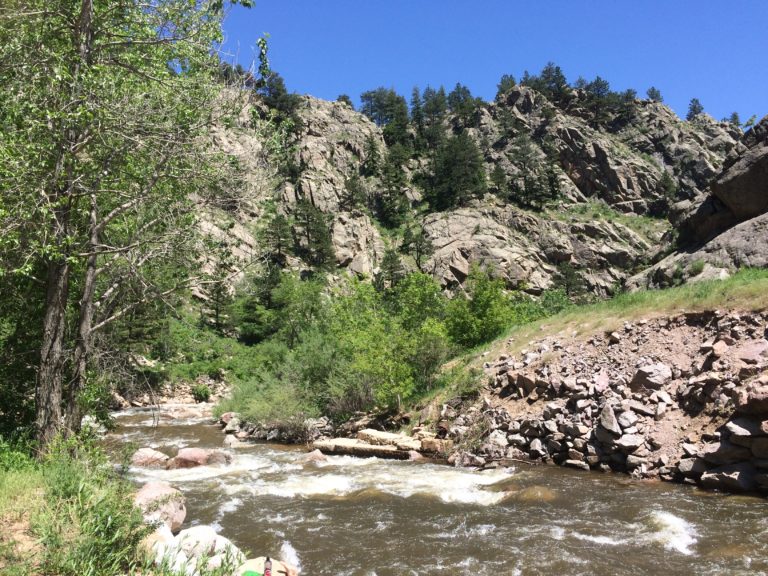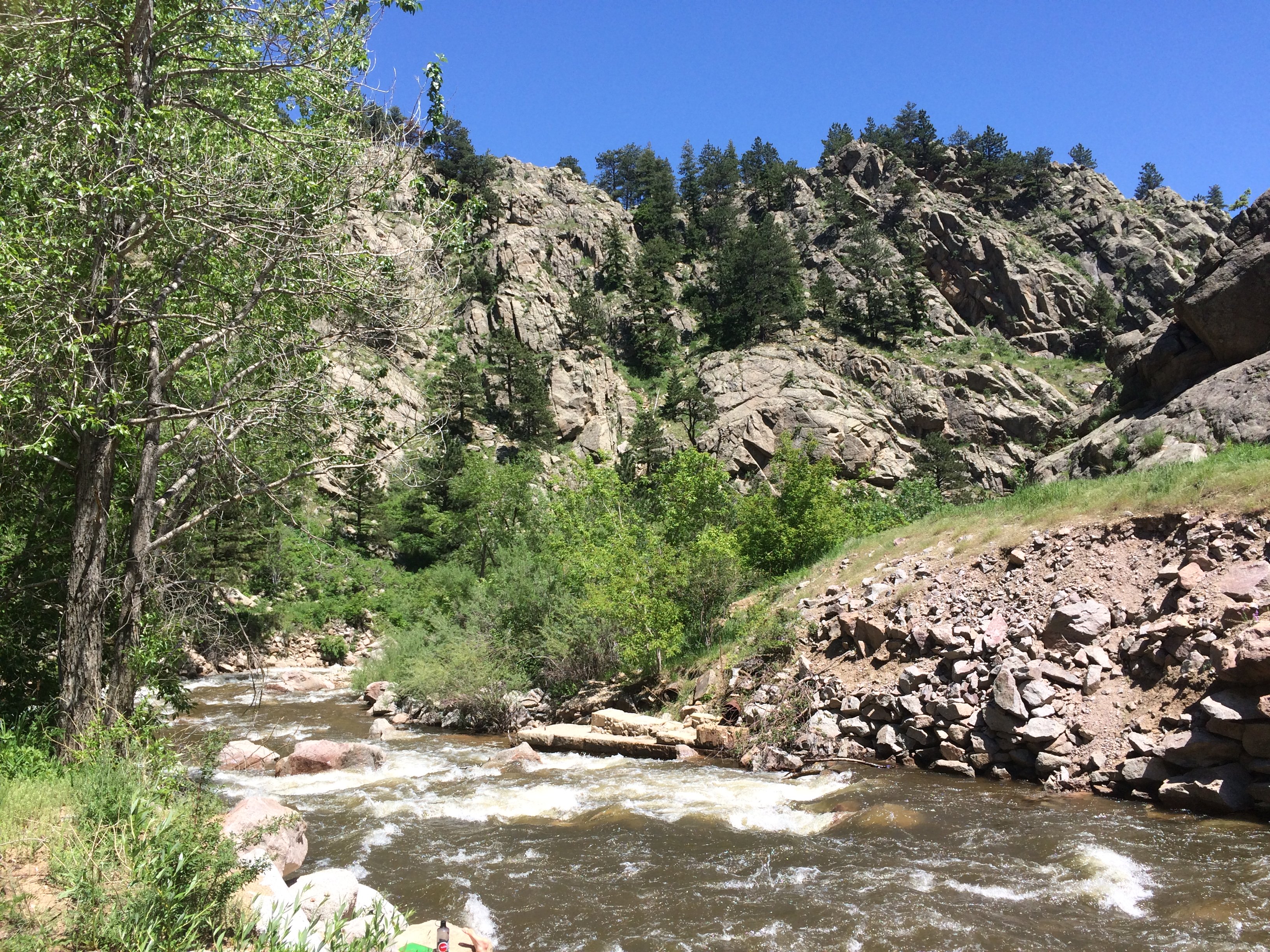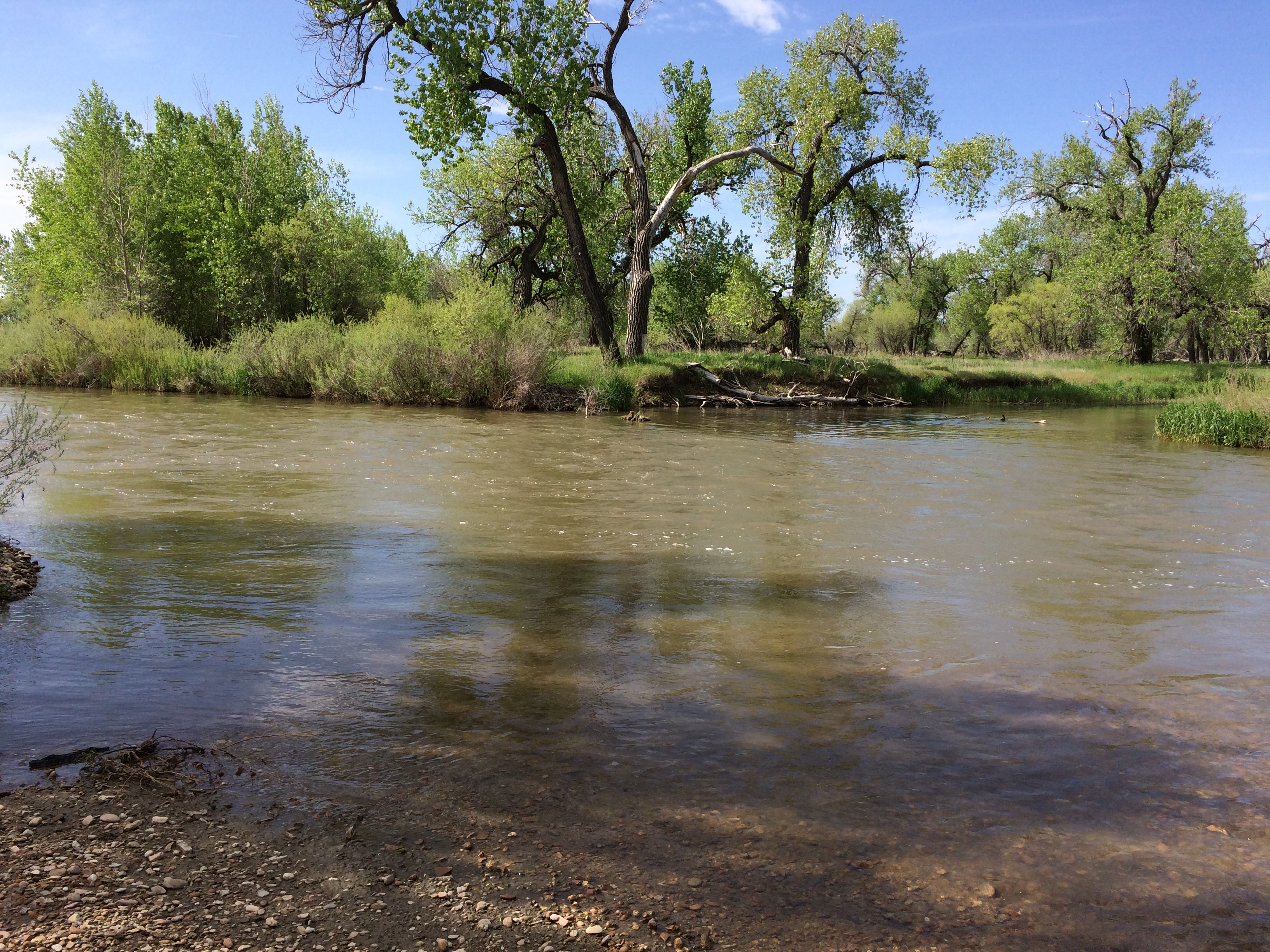Stand up for Colorado Waters
By: Boulder Waterkeeper

By Boulder Waterkeeper Ted Ross
Colorado is one of two headwater states in the United States where all the flowing fresh water originates as precipitation. Creeks, streams, and rivers leave the state, but none flow into it.
The headwaters of Boulder Creek can be found under the glaciers on the Continental Divide, at over 12,000 feet in elevation. From that cold, pristine source, the creek flows 31.4 miles through mountain canyons, through the City of Boulder, then spreads across the plains, dropping more than 7,000 feet before joining the St. Vrain on the way to the South Platte River. Its watershed drains 422 square miles.
Boulder Creek is an essential element of the geographic, economic and cultural landscape of the Front Range of Colorado. The creek provides drinking water for over 250,000 people. It enables local industry and agriculture, and provides the natural foundation for that has made Colorado one of the nation’s outdoor recreation meccas, a place to swim, fish, bird, raft, kayak, run, bike, ski, hike, and climb rocks or frozen waterfalls.
While small, Boulder Creek faces many of the challenges of all American waterways, including urbanization, stormwater runoff, industrial pollution, mine drainage, agricultural runoff, overuse, and over-allocation. There are also permitted dischargers to many of the streams, ditches that feed it.
Portions of Boulder Creek are considered impaired under the Clean Water Act due to E. coli contamination. There are three Environmental Protection Agency Superfund sites in or adjacent to the Boulder Creek watershed, seven municipalities with stormwater permits and water treatment responsibilities, and uncounted construction sites, oil and gas fracking drills, and agricultural operations.
The Trump administration’s proposal to strip some waterways of protections under the Clean Water Act means managing these challenges and risks Boulder Creek could be significantly more challenging.
First, the very essence of the Boulder Creek watershed is seasonal, intermittent and ephemeral water flows, and wetlands resulting from snowpack melt and precipitation patterns in the mountains.
During the winter, more than 200 inches of snow can fall on the glaciers feeding Boulder Creek. In May and June, as this snow melts, stream flows will emerge in areas where there might be minimal or no flow in the heat of the summer, or during the frozen winter.
During the September 2013 floods from mountain rainstorms, stream flows moved across the landscape through swales and dry streambeds that traditionally have no water flow during the year. These streams would lose protection under the Trump proposal. Removing environmental protection for these streams and upland wetlands would be removing protection for drinking water, irrigation, and recreation from the watershed, as well as fish including a wide range of suckers, chubs, daces, minnow, carp, sunfish, mosquito fish, bass, and trout.
Colorado has a long history of prior-appropriation doctrine water laws. Prior-appropriation, the foundation of water law in the western U.S., is the legal doctrine that the first person to take a quantity of water from a water source for “beneficial use,” such as agriculture, industry, or a household, has the right to continue to use that quantity of water for that purpose. This approach has encouraged and enabled the creation of innumerable ditches in and around the watershed. This is one reason Colorado has active and important water courts.
It’s also why there are more than 240 miles of ditches moving water in and around the Boulder Creek watershed, governed by more than 1,000 documented decreed and conditional water rights. These ditches are a fundamental component of the hydrology of Boulder Creek; removing Clean Water Act protection for these ditches, as the Trump administration proposes, would introduce the risk of unmanageable degradation and distress to the watershed.
As your Boulder Waterkeeper, I see we have the opportunity—and obligation—to work to preserve and protect Boulder Creek. A drop of water that falls at the source of the Creek can travel 1,600 miles and touch 11 states before arriving at the Gulf of Mexico. The proposed changes to the Clean Water Act would be a travesty. These changes would hurt the value, economy, and culture in the Boulder Creek watershed and all downstream waters. Join me in submitting comments to EPA to fight this proposal.
When it comes to the Clean Water Act, what happens in Colorado does not stay in Colorado. #SaveTheCleanWaterAct

